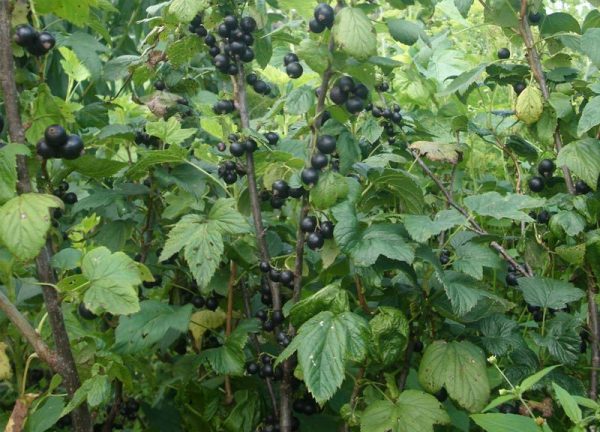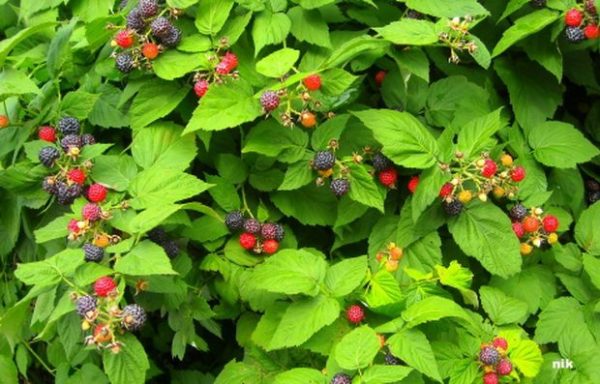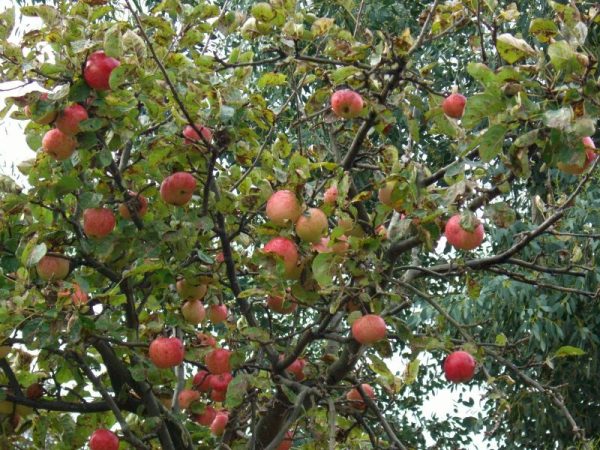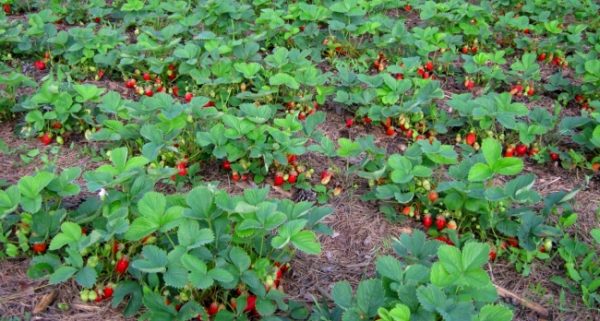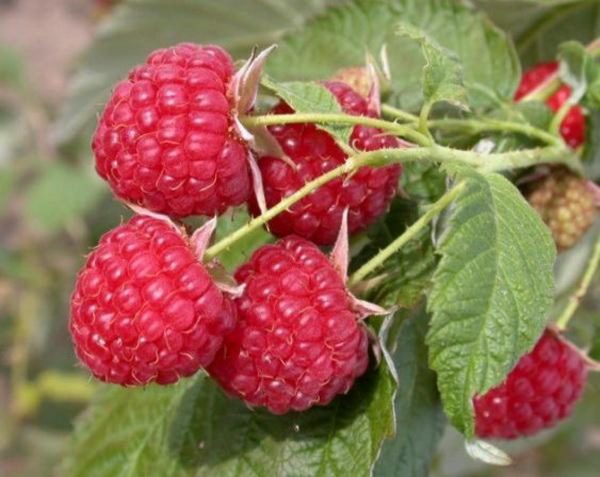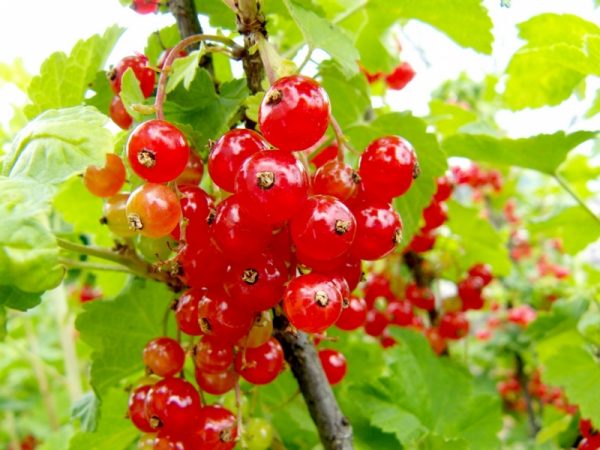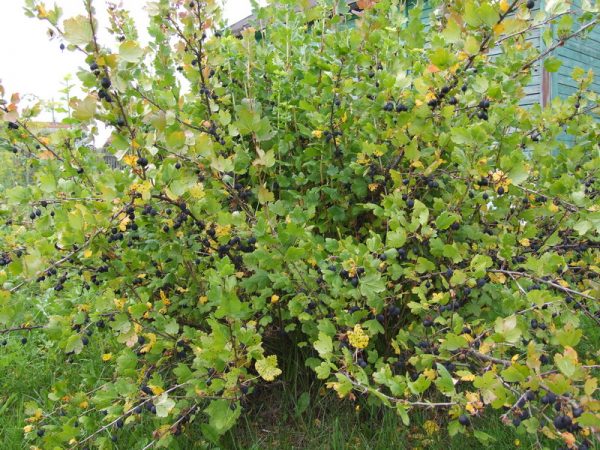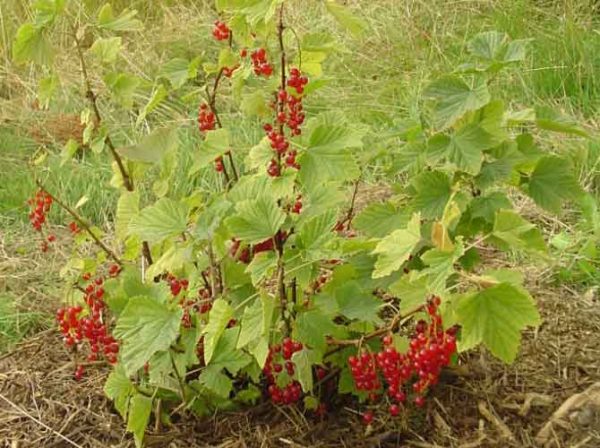How is fertilization of fruit and berry crops carried out
Content
Fertilization of berry crops
Perennial shrubs, as well as strawberries, wild strawberries, blueberries and other berries are considered berry plants. When planting young seedlings of these crops, it is necessary to use significant doses (5-10 kg / sq. M. Area) of organic materials (manure, compost), which are introduced directly into the pits prepared in advance. Such plentiful starting feeding provides plants with organic matter for 3-4 years. Further, berry bushes must be fertilized as follows:
- black and red currants - in the spring it is necessary to add a nitrogen-containing agent at the rate of 7-10 g / bush, in the fall a phosphorus-potassium mixture of 10 g / bush, young seedlings with insufficient development are fed with special liquid mineral mixtures of 25-30 g / bush;
- gooseberry - fertilizer mixtures should contain a lot of magnesium (magnesium sulfate, dolomite flour) and not contain chlorine, magnesium mixtures are applied at a concentration of 50 g / sq. m, complex nutritional - 100 g / sq. m;
- raspberries - for a raspberry plant, the best fertilizer is considered to be manure introduced in the fall, or when planting in an amount of 3 kg / sq. m, for the main feeding, mineral mixtures are used 6-8 g / sq. m, as well as ash;
- strawberries and strawberries - for good fruiting, the soil must be moist and nutritious - a month before planting young seedlings, the soil must be filled with humus, droppings or compost, after which everything must be dug up, further feeding consists of liquid organic solutions, which are brought under the bush and in the aisles 200 -300 g / sq. m.
Fertilizing fruit
Fertilizing fruit trees depends on the age of the garden. The seedlings are fertilized when planting, so there is no need to feed them in the first year of life. From the second year, young trees should be fertilized with organic matter - peat with compost, manure is introduced into the loose soil around the trunks.
In spring, for feeding young fruit crops, mineral mixtures with nitrogen, potassium, phosphorus and trace elements are used. It should be borne in mind that young non-bearing trees need more nitrogen, and less, in contrast to adults, in potassium and phosphorus. Fruit-bearing trees, without exception, are fertilized with nitrogen in spring, a little later, during the flowering period and the formation of the ovary, with potash and phosphorus mixtures. During the entire growing season, trees are fed with potassium and phosphorus at least 3 times.
Apple trees and pears during the period of intensive growth (May - early June) should be root-fed with liquid organic solutions: 1 part of droppings / 8-10 parts of water, or pour this solution into shallow (15-20 cm) grooves. Mineral and organic mixtures are suitable for quince: nirofoska (40 g / 1 tree), superphosphate (30-40 g). Potassium and phosphorus are added under the cherry in the fall, along with organic matter, nitrogen fertilizers - in the spring.
Weakened cherry trees are fertilized with droppings diluted with water in a 1: 5 ratio. Every 5 years, the soil under the cherries must be limed. Plum is not fertilized in the second year; from the third year, it is enough to apply only 20 g / sq. Of urea in the spring. m.
Video "How and what to properly fertilize berry bushes"
Recommendations for gardeners on fertilization and feeding of berry crops.
Fertilization methods
Top dressing of fruit trees and berry bushes can be carried out in several ways:
- Surface crumbling followed by embedding into the ground. The method is most suitable for the introduction of granular or solid mineral mixtures, as well as organic materials such as manure, peat, compost. For fruit trees, organic matter is recommended to be embedded shallowly into the soil around the trunks so as not to damage the root system. For berry bushes with a small root system, it is better to close the funds in the aisles.
- Surface distribution without embedment. In this way, mineral nitrogen mixtures are introduced mainly in early spring, or in autumn. This method is effective only for well-moistened soil, therefore, it is recommended to scatter nitrogen-containing products when the snow has not yet melted (melt water will penetrate into the ground and draw nitrogen along), or in the fall during the rainy season. In addition, moist soil contains more worms, which loosen the soil, thereby promoting the movement of nitrogen.
- Surface method. Ideal for feeding lawns, where soluble fertilizers with potassium and phosphorus, scattered over the surface of the grass in spring, accelerate its growth and proliferation. It is important to distribute urea or ready-made industrial mixtures evenly over the surface in order to avoid oversaturation of the soil in certain areas.
- Local application. It means embedding fertilizers in wells, holes near the roots, while creating foci of a high concentration of nutrients. For focal feeding, it is necessary to dig grooves along the projection of the crown, into which then put solid mixtures, manure, compost, or pour a liquid solution. Many gardeners prefer to dig wells and pits 40-50 cm deep, each placing about 500 g of nutrient mixture, thus creating a kind of storage for fertilizers. This is a very effective solution from the point of view of crop nutrition, but unsafe, since the roots can be severely damaged when digging holes.
- Layer-by-layer focal application. It is more often used on fertile soil with a high humus content, since the roots of fruit plants are located deeper in such soil. Layer-by-layer application implies the embedding of fertilizers into wells, grooves at different depths (layer-by-layer). It should be borne in mind that the nutrition of the root system depends on the moisture content of the soil during a certain growing season: if the soil is moistened, the roots (mainly lateral) take useful elements from more surface layers, if the soil is dry, the main roots are fed from the deep layers of the soil.
- Application in liquid form. The method is a little laborious, since liquid fertilizers must first be prepared, but at the same time quite effective - liquid solutions, unlike dry mixtures, penetrate the soil faster and reach the roots. This method is used mainly for the rapid supply of useful components, in the event of their apparent deficiency, or plant disease.
- Application of top dressing with watering. This is a fairly effective method, since, together with irrigation water, fertilizers penetrate the soil faster and easier, but laborious. Before applying the fertilizer to the soil, it is preliminarily diluted with water, after which the trees are watered with the resulting mixture as with ordinary water. If the garden area is large, containers with irrigation solutions can be connected to artificial sprinklers.
What drugs to use
Nutrition of fruit and berry crops during the growing season occurs in two stages: the first - from the beginning and to the end of the growth of shoots, the second - from the completion of the development of shoots until autumn (leaf fall).At each of these stages, garden plants need feeding with certain substances:
- Nitrogen. Trees and bushes consume the most nitrogen during the period of intensive growth of foliage and shoots, slightly less during flowering and fruit formation, and by autumn the need for nitrogen is significantly reduced. Fertilizing fruit trees with nitrogen is carried out with nitrogen-containing mixtures, as well as organic materials: bird droppings, humus. Special nitrogen preparations, such as ammonium nitrate, are considered more effective - the nitrogen contained in it is in a form readily available to plants, which cannot be said about organic fertilizers.
- Phosphorus. This element is necessary for the formation of buds, flowers, fruits. Trees experience the greatest need for phosphorus at the very beginning of growth, and during the period of fruiting. Phosphorus has a positive effect on the quality of the fruit - with a phosphorus deficiency, the rafts are sour and poorly preserved.
- Potassium. With a lack of potassium, plants become weak, susceptible to diseases, and do not tolerate drought and frost. To feed crops with potassium, mineral potash fertilizers (potassium sulfate), or organic (furnace ash) are used. Ash can be applied periodically throughout the spring and summer period, while it is better to mix it with other organic materials: compost, sawdust.
- Manure. It is the most valuable and effective among organic fertilizers, with poultry manure taking the first place in terms of efficiency, sheep manure second, horse and cow manure third. For fruit crops, humus (rotted manure) is used. Fertilizer should be applied to the soil of the near-stem circles, preferably in the fall, but it is possible in small quantities in the spring. For spring application, gardeners use liquid manure, which should be diluted with water at a concentration of 1: 5.
- Compost. Under garden trees, compost is applied in the spring by spreading or shallow digging into the near-stem circles.
- Siderata. Plants intended for embedding in the soil for the purpose of decay are sown in the aisles of the garden. Peas, phacelia, barley are most suitable for fruit trees. To feed the garden, it is not necessary to embed green manure plants in the soil - they can be left mown on the ground. To improve the decay of green manure, it is recommended to grind it.
Another organic fertilizer for garden shrubs and trees is solutions of fermented plants. Many gardeners consider this remedy to be very effective, and it is specially prepared for feeding the garden. For the preparation of solutions, you can use various plants: green manure, grass, tops of legumes. The green mass must be slightly chopped, placed in a large barrel, filled with water, and insisted for about 3 weeks. Before watering, dilute with water in a ratio of 1:10.
It is important to remember that both simple mixtures (superphosphate, ammonium hydrogen phosphate) and complex mixtures with microelements can be used to feed plants with phosphorus.
A nutrient solution for horticultural crops is prepared at the rate of 200 g of the preparation / 30 l of water. At the beginning of the growing season, fertilizer is applied to the soil by watering, during the period of flowering and fruit formation, the deciduous part of the trees is treated with a solution. From organic matter, bone meal can be used as a phosphorus supplement.
Video "Top dressing of fruit crops»
Video review of the correct feeding of fruit trees during the flowering period.

